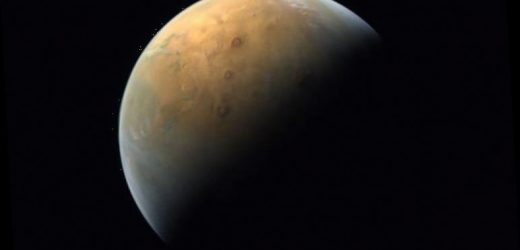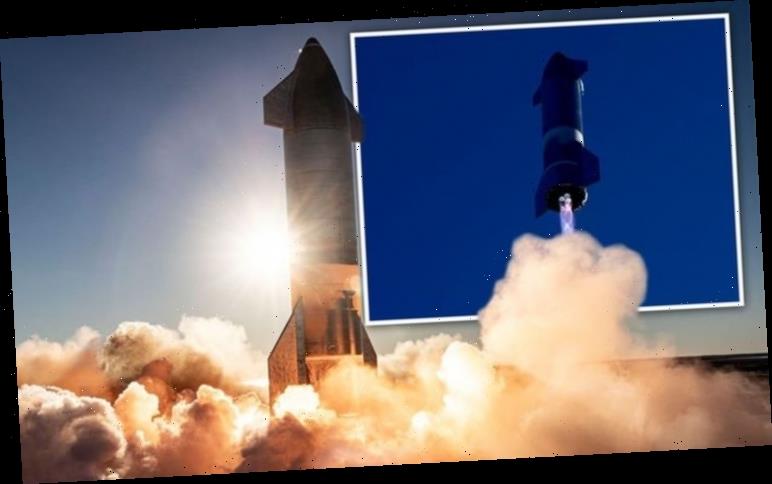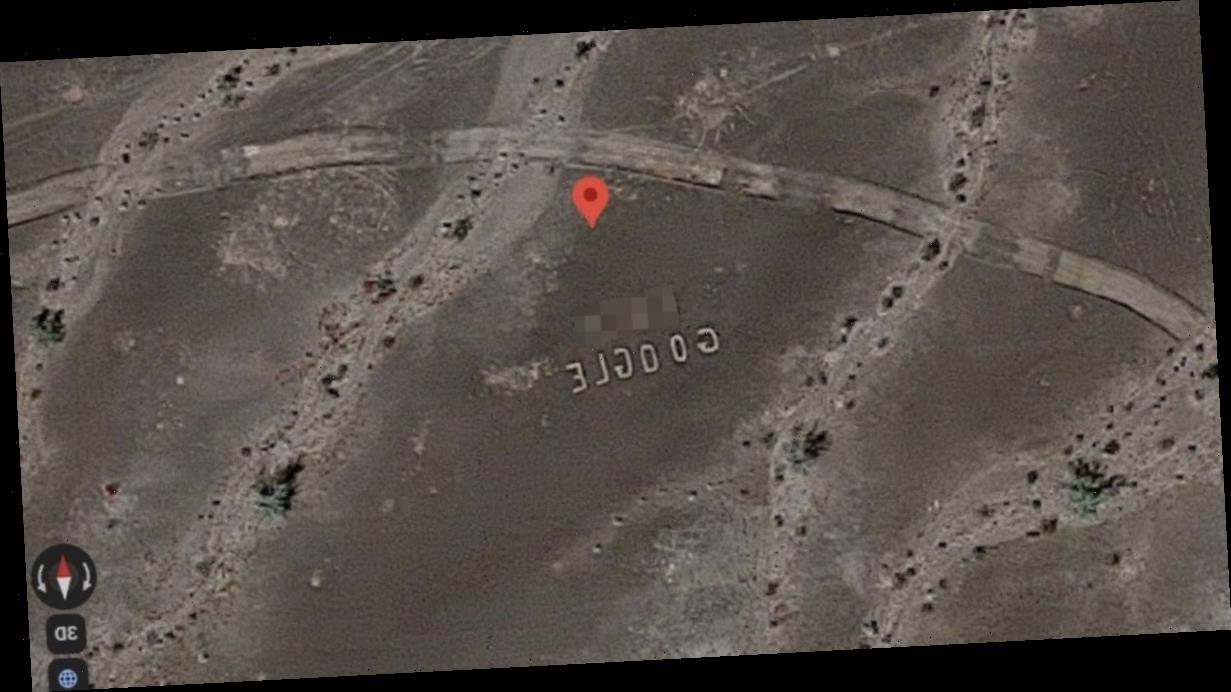UAE Mars: Animation shows seven month journey
When you subscribe we will use the information you provide to send you these newsletters.Sometimes they’ll include recommendations for other related newsletters or services we offer.Our Privacy Notice explains more about how we use your data, and your rights.You can unsubscribe at any time.
The UAE mission last week became the first from an Arab country to reach Earth’s nearest neighbour Mars. Space experts put the chance of entering Mars orbit at about 50 percent, with Omran Sharaf, Emirates Mars Mission (EMM) Project Director, describing the preparation phase as “hardcore”.
The Hope Probe took almost seven months to travel approximately 180 million miles to reach the Red Planet.
The transmission of the Hope Probe’s first image of Mars is a defining moment in our history and marks the UAE joining advanced nations involved in space exploration
His Highness Sheikh Mohamed bin Zayed Al Nahyan
Then, from its vantage point in orbit, the UAE space agency plans for the instrument to peer at the planet for a full Martian year – the equivalent of two Earth years – to analyse the planet’s thin atmosphere and climate to learn more about own.
Crown Prince of the Emirate of Abu Dhabi, Sheikh Mohamed bin Zayed Al Nahyan was among the first to share the stunning overview of the world.
He tweeted: ”The transmission of the Hope Probe’s first image of Mars is a defining moment in our history and marks the UAE joining advanced nations involved in space exploration.
“We hope this mission will lead to new discoveries about Mars which will benefit humanity.”
This stunning picture was shot by the Emirates eXploration Imager (EXI) instrument from an altitude of 15,500 miles (24,700km) above the Martian surface at 8.36 UTC on Wednesday, February 10, 2021 – just one day after arriving at Mars.
The Emirates Mars Mission team revealed some of the hidden highlights of the space photo.
EMM said: “The colour is created from a composite of red, green, and blue Emirates eXploration Imager images.
“The North pole of Mars is in the upper left of the image.
“EMM captured the largest volcano in the solar system, Olympus Mons (centre), emerging into the early morning sunlight.
“More prominent are the three large shield volcanoes of Tharsis Montes (Ascraeus Mons, Pavonis Mons, and Arisia Mons).
“Further to the East or right of the volcanoes lie Noctis Labyrinthus and the Valles Marineris system of canyons, filled with clouds.
DON’T MISS
Putin and his successor can use Navalny to control opposition space [INSIGHT]
Asteroid news: NASA reveals Valentine’s Day space rock will skim Earth [PICTURES]
Astronomers detect remains of vaporised ancient Earth-like planets [ANALYSIS]
“Ice clouds are present over the southern highlands (lower right) as well as surrounding the volcano Alba Mons (upper left).
“Clouds can also be seen above the limb (top of image and middle right, when looking between the planet and space).
“These clouds, seen in different geographic regions and at different times of day, provide a preview of EMM’s contributions to our understanding of the Martian atmosphere.”
The UAE Hope Probe is one of a trio of spacecraft scheduled to reach Mars in February alone.
China’s Tianwen-1 craft, which shared its first photo of Mars at the beginning of the Month, arrived just one day after Hope.
And the US space agency NASA’s Perseverance rover will make its eagerly-anticipated landing on Mars on Thursday.
In a video posted on Friday, an engineer at NASA’s Jet Propulsion Laboratory described the period of Perseverance’s entry, descent and landing on the planet as “seven minutes of terror.”
Marc Etkind, NASA associate administrator for communications, said: ”If there’s one thing we know, it’s that landing on Mars is never easy.”
Source: Read Full Article








